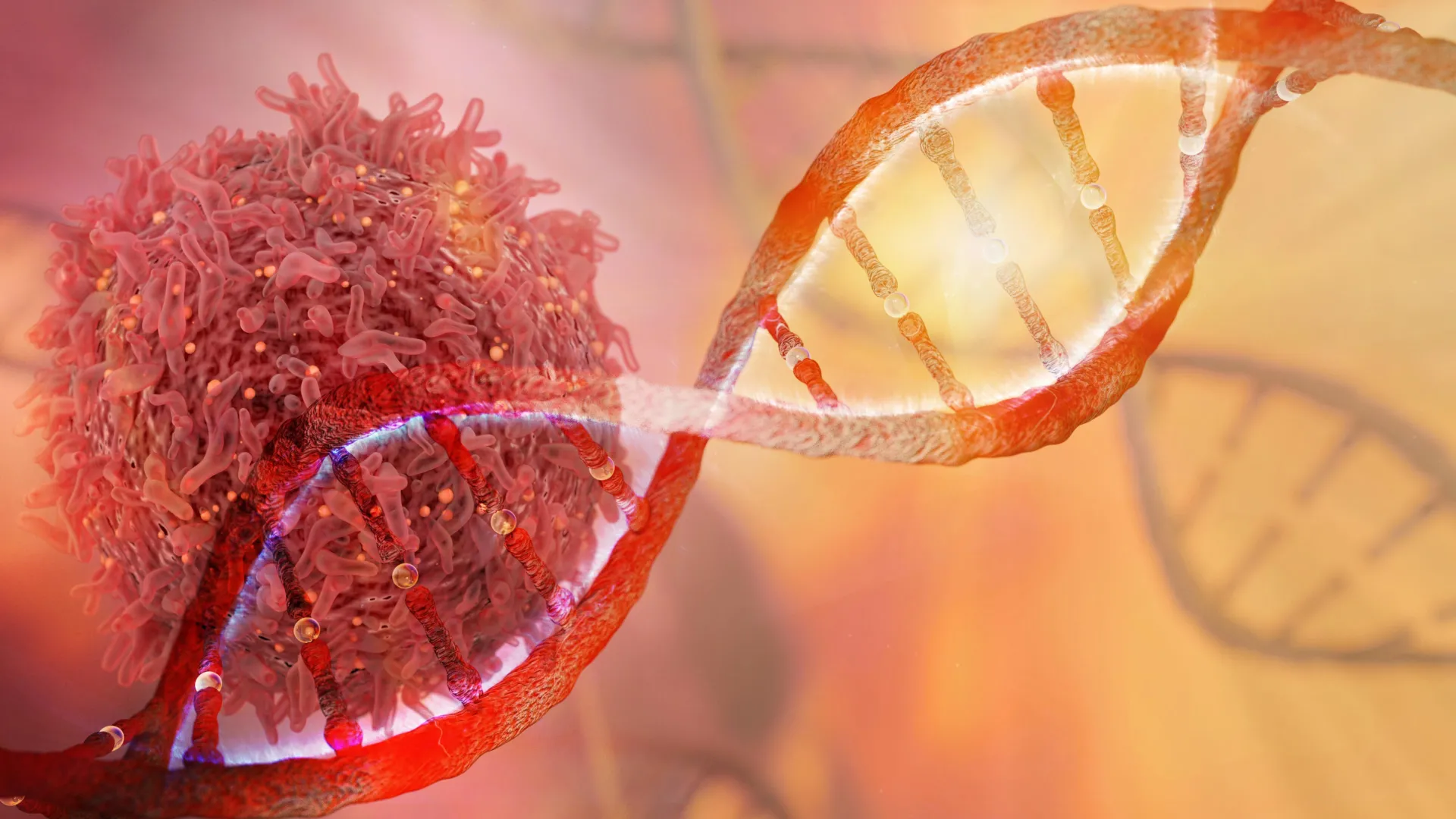Now Reading: Why Cold Feels Pleasant: Scientists Decode the Chill Pathway
-
01
Why Cold Feels Pleasant: Scientists Decode the Chill Pathway
Why Cold Feels Pleasant: Scientists Decode the Chill Pathway

Speedy Summary:
- Researchers at the University of Michigan discovered a complete neural pathway that transmits cool temperature sensations from the skin to the brain.
- This is the first fully identified temperature-sensation pathway, emphasizing separate circuits for hot and cold perception.
- The study revealed that specialized spinal cord interneurons amplify cool signals before they reach the brain. Without this amplification, signals are lost in background noise.
- The research has medical implications for understanding and treating cold-related pain, such as discomfort experienced by cancer patients undergoing chemotherapy.
- Molecular sensors in human skin detect temperatures between 15 and 25°C (59-77°F) and activate sensory neurons responsible for relaying details to the spinal cord. This process has been verified in both mice and humans.
- The project was conducted using imaging techniques and electrophysiology, with support from NIH funding, Shawn Xu’s team at U-M Life Sciences Institute, and published in Nature Communications.
- Future directions include identifying more pathways related to cold pain sensations and understanding how emotions are linked with thermal perception.
Indian Opinion Analysis:
This groundbreaking discovery enriches essential biology by mapping how our bodies perceive temperatures through distinct sensory circuits. For India-a nation marked by extreme climate diversity-this research could eventually inform therapies improving quality of life under harsh environmental conditions or address common temperature-related ailments like heatstroke or frost-induced conditions in high-altitude regions like Ladakh.Moreover, though primarily focused on chemotherapy-induced cold sensitivity relief today, these findings may ultimately extend their benefits globally through improved sensor technology or medical treatments targeted toward managing thermal dysregulation. that said, translating such foundational discoveries into practical applications will likely require years of refinement across scientific disciplines.

























